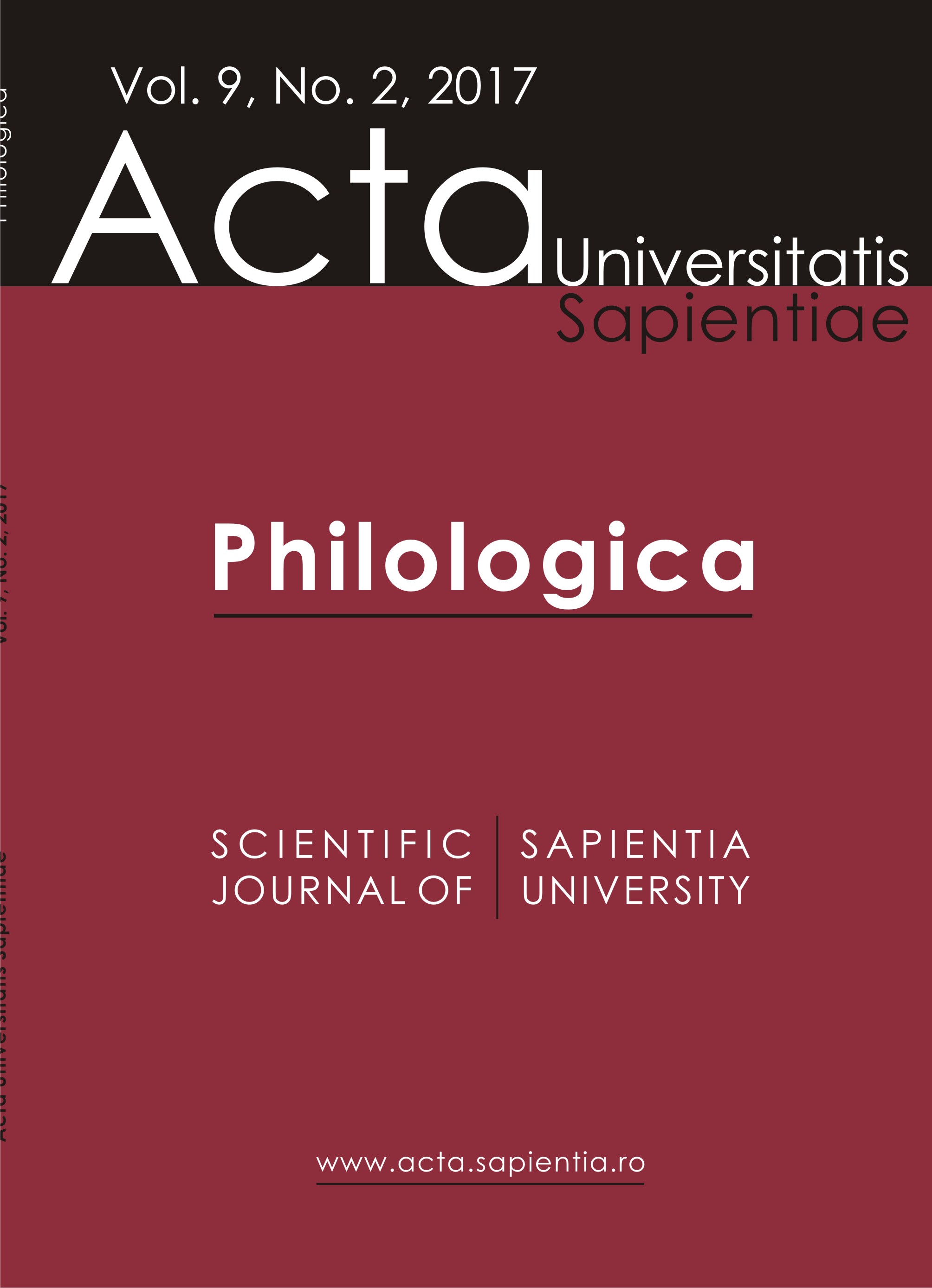Passive Constructions – Strangers among L1 Speakers of Hungarian?
Passive Constructions – Strangers among L1 Speakers of Hungarian?
Author(s): Enikő TankóSubject(s): Language studies, Language and Literature Studies, Foreign languages learning, Translation Studies
Published by: Scientia Kiadó
Keywords: SLA; L3 acquisition; passive voice; bilingualism
Summary/Abstract: Does knowledge of Romanian, more exactly of Romanian passive voice, help learning the English passive construction? Or is it the other way round: knowledge of English helps students learning Romanian? Perhaps L2 and L3 mutually influence each other in the case of Hungarian students from Miercurea Ciuc?In previous studies addressing the problems encountered by L1 speakers of Hungarian in the acquisition of the English passive voice (Tankó 2011, 2014), I presumed that possessing Romanian to various degrees represented a facilitating factor in the acquisition of the passive given that Romanian, like English, has a well-developed, explicitly-taught passive construction. Of course, speakers of Hungarian living in Romania might be influenced to some extent by their knowledge of Romanian when learning the English passive voice – yet, the question is to what extent. Thus, an important element of this study represents identifying students’ level of Romanian and their production of Romanian BE-passive and SE-passive.
Journal: Acta Universitatis Sapientiae, Philologica
- Issue Year: 9/2017
- Issue No: 2
- Page Range: 107-124
- Page Count: 18
- Language: English

